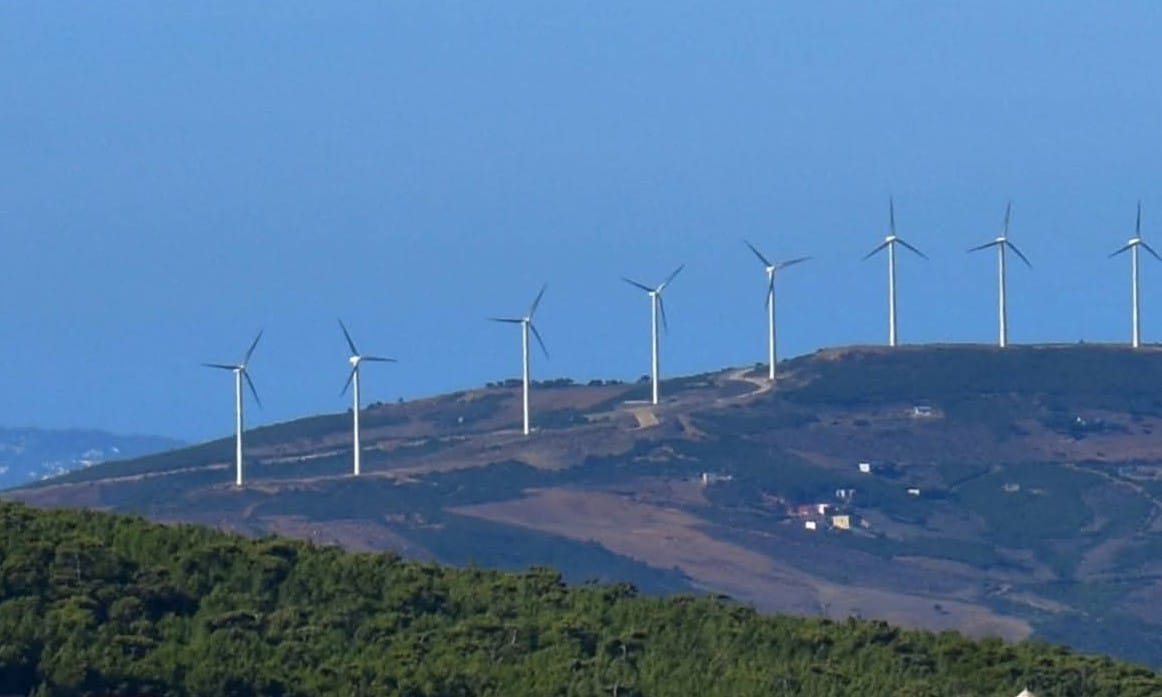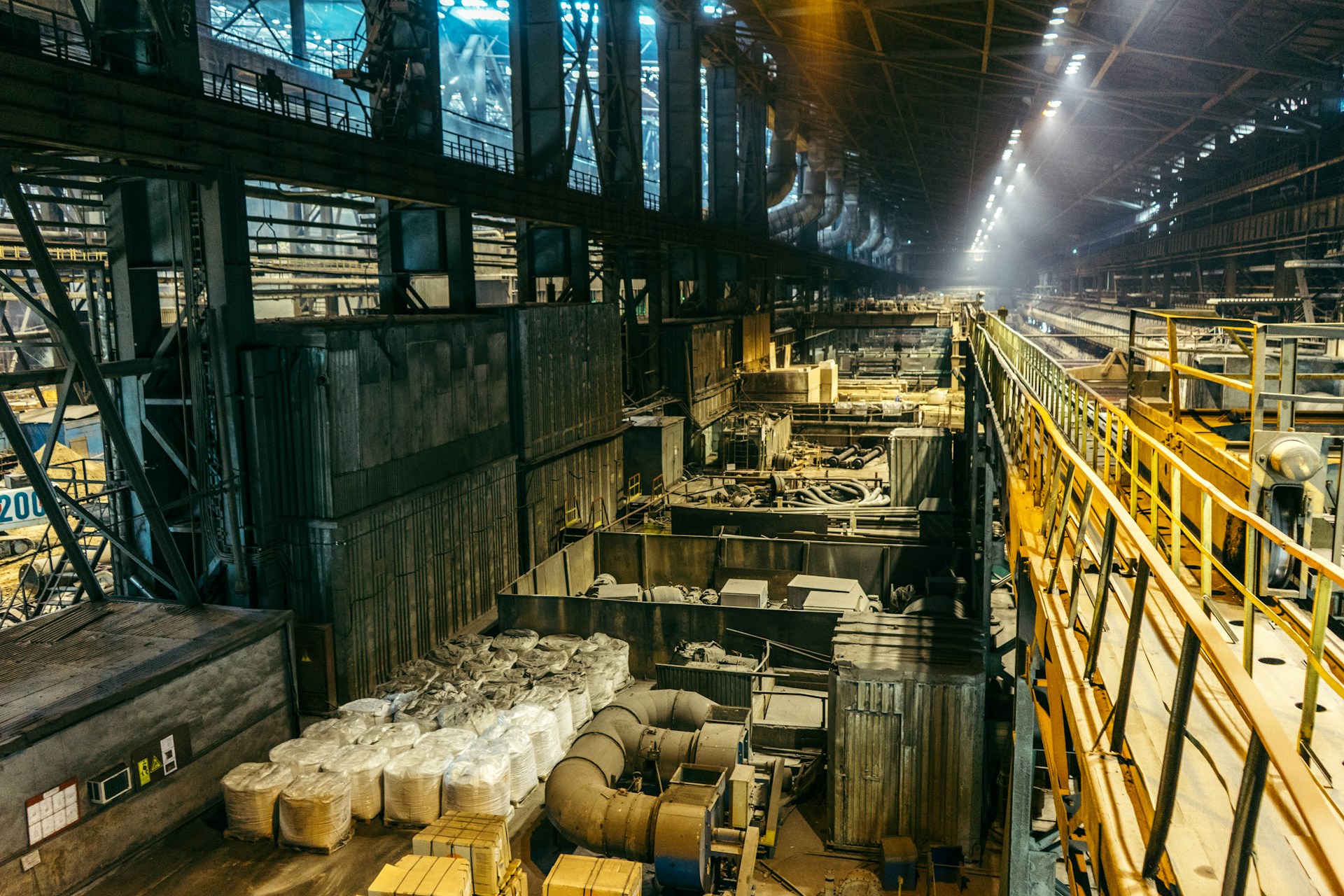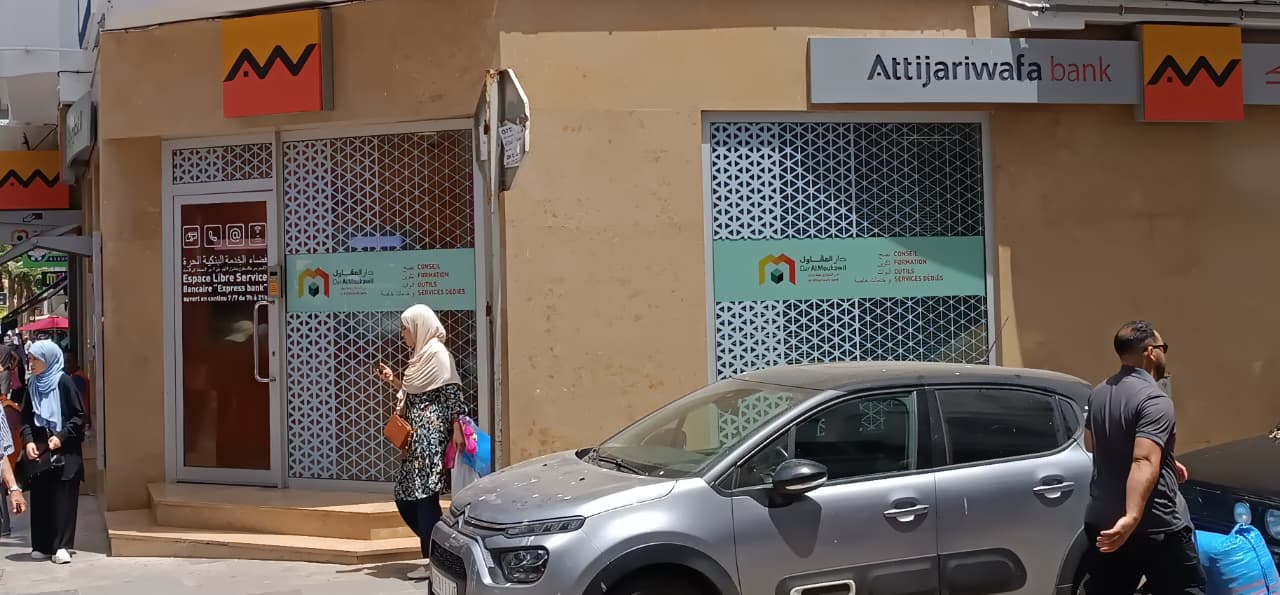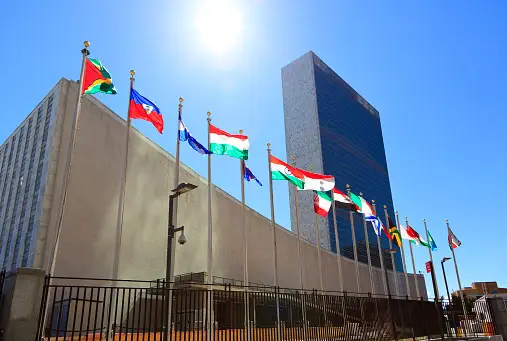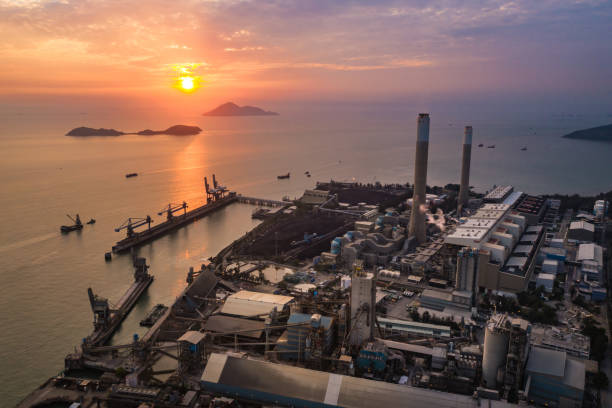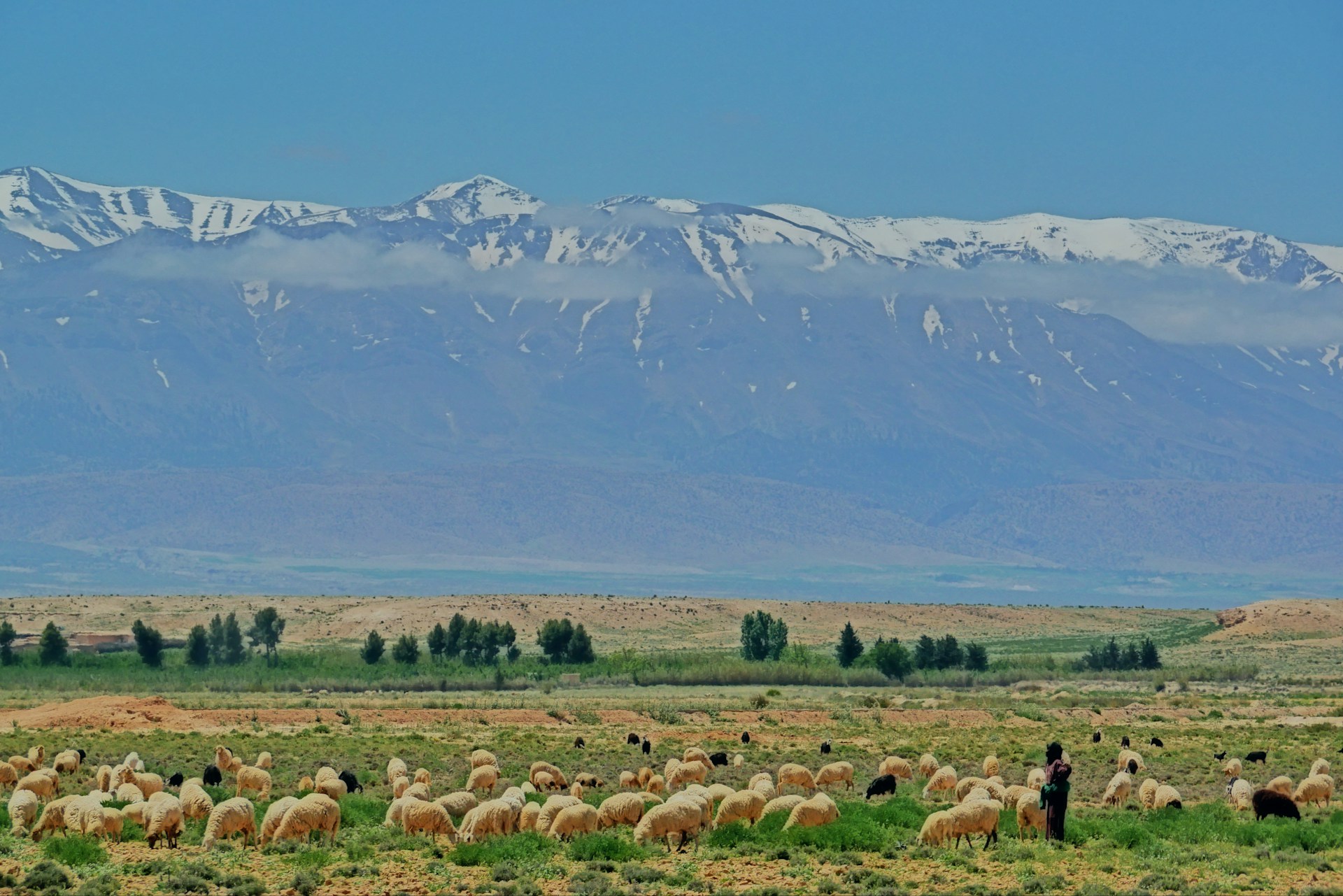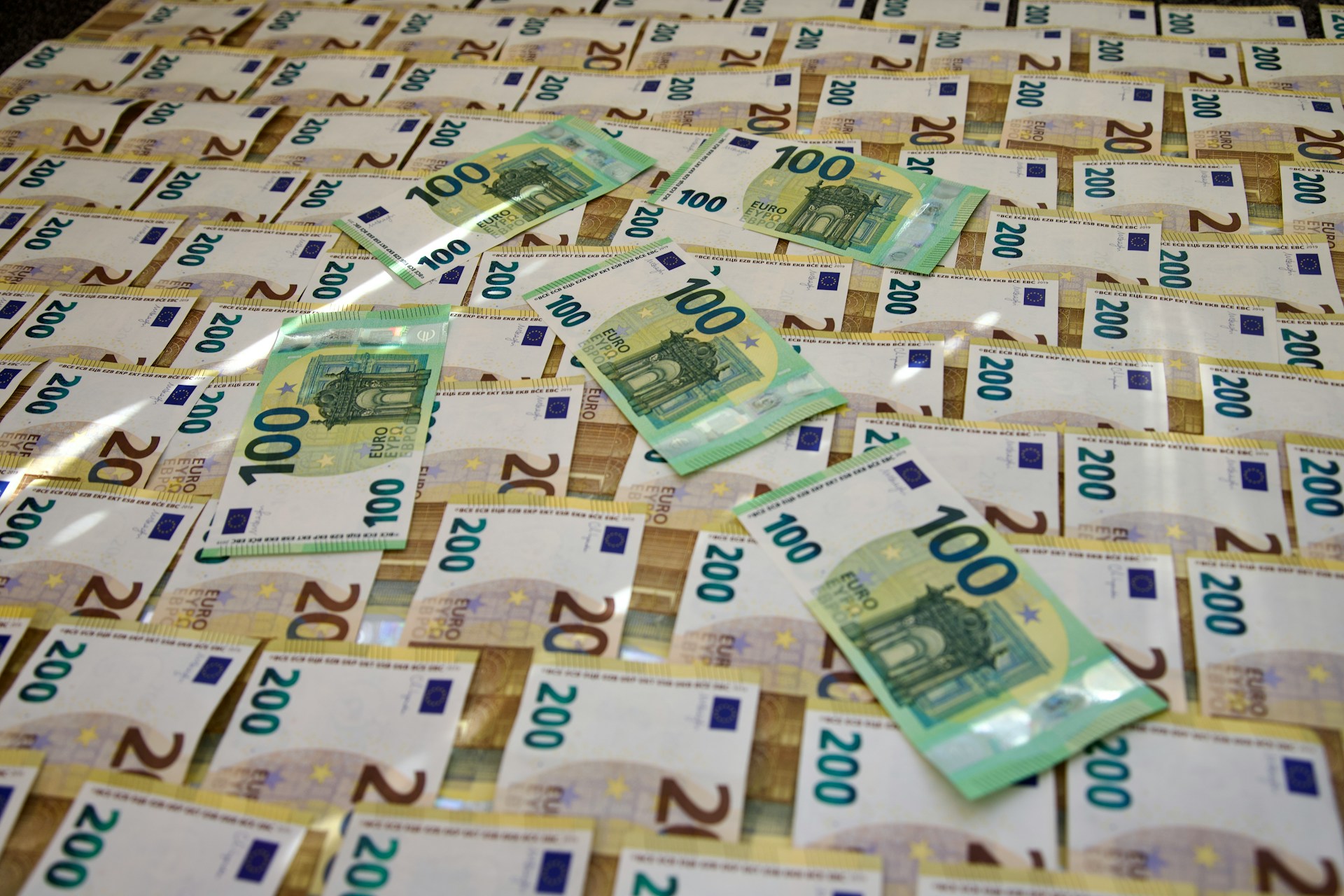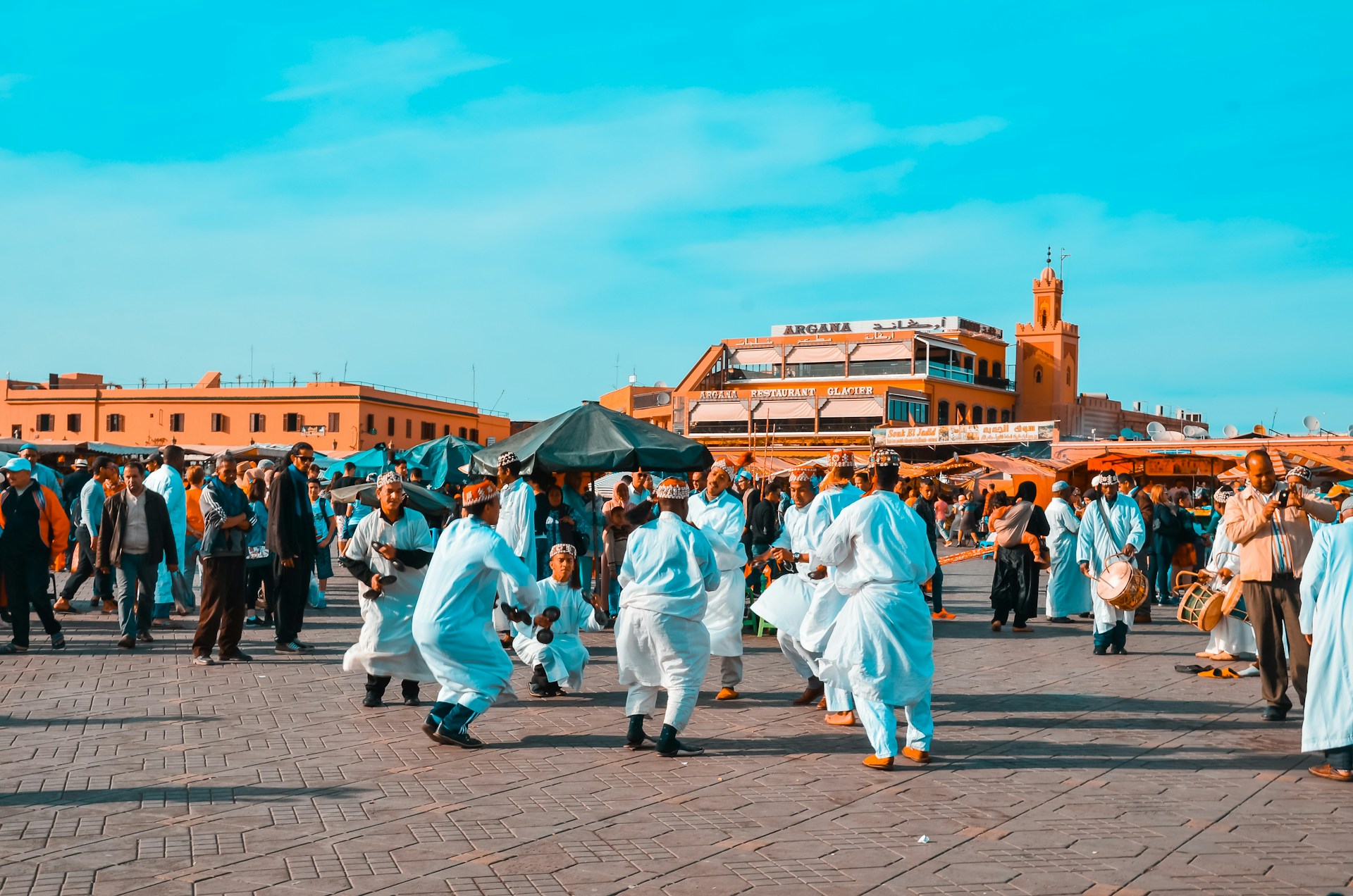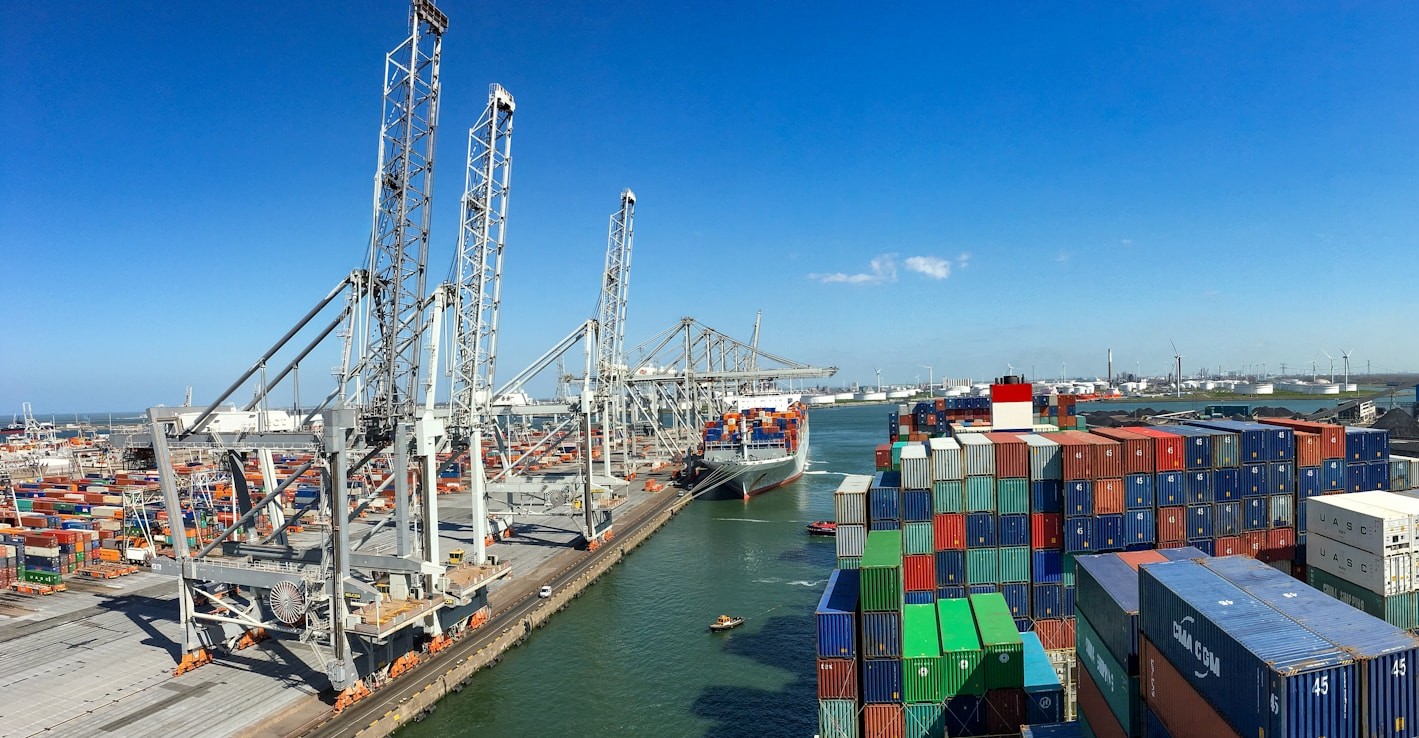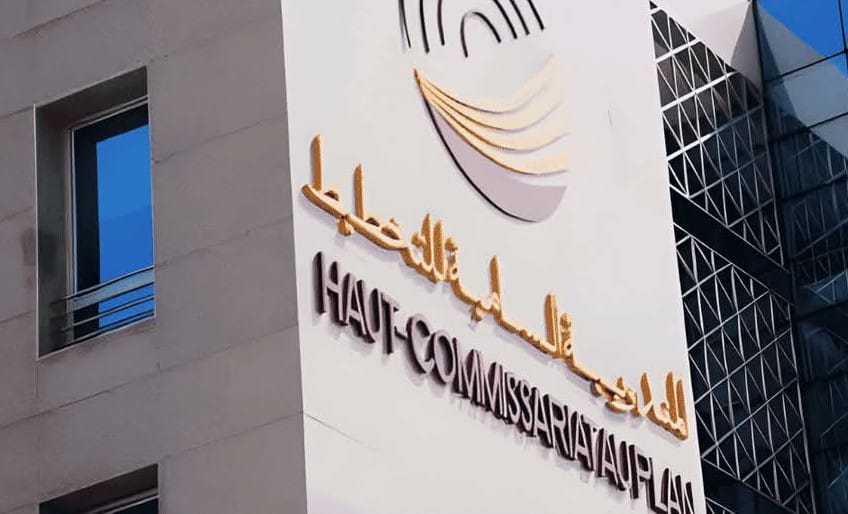Casablanca – Morocco’s banking sector continues to consolidate its position as one of the most resilient in Africa, supported by robust earnings, improved capitalization, and ongoing regulatory and digital reforms. According to Fitch Ratings and data from the Casablanca Stock Exchange, the country’s major banks are benefiting from favorable monetary conditions, strong loan demand, and large-scale investment projects that are reshaping the national economy.
Strong profit growth in the first half of 2025
The seven banks listed on the Casablanca Stock Exchange reported an 18.18% year-on-year rise in net profits during the first half of 2025, reaching $1.38 billion. This performance was underpinned by lower interest rates, an active stock market, and increased business activity across key sectors.
These banks account for around 31% of the exchange’s total market capitalization, which currently exceeds $103 billion. Their combined earnings represented nearly half of all corporate profits reported by the 78 listed companies in Morocco during the same period.
Banking remains the dominant and most profitable sector on the Casablanca exchange, outperforming the broader market thanks to steady profit growth, solid balance sheets, and consistent dividend payouts.
Supportive monetary and market environment
In September, Bank Al-Maghrib maintained its key policy rate at 2.25% to support an economy showing signs of labor market slowdown. The central bank had previously cut the rate by 25 basis points in March to stimulate investment and lending.
Meanwhile, the Casablanca benchmark index closed September at 19,000 points, up nearly 28% since the start of the year — reflecting investor confidence in the country’s macroeconomic outlook.
According to financial analytics firm MSIN, the banks’ net banking income rose by 7.41% year-on-year to reach $5.05 billion marking record levels for both revenues and profits.
Attijariwafa Bank, Morocco’s largest lender by assets and market capitalization, led the sector’s growth with first-half net profits of $597 million, up 19.8% year-on-year. Analysts expect the bank’s annual earnings to surpass $1 billion for the first time by the end of 2025.
The listed banks also benefited from increases in market operations, interest margins, and commission income — which rose 14.8%, 6.6%, and 4.4%, respectively, according to MSIN.
Fitch highlights strengthening capital and supervision
In a separate report, Fitch Ratings noted that Moroccan banks are improving their financial resilience thanks to a stronger regulatory framework and closer alignment with Basel III standards. The agency emphasized that while the improvements are significant, they are not yet sufficient to justify an upgrade in the banks’ standalone credit ratings.
Bank Al-Maghrib is progressively implementing the Supervisory Review and Evaluation Process (SREP), which will be fully operational by 2027. The mechanism aims to reinforce capitalization and risk governance by requiring more rigorous internal assessments and greater supervisory scrutiny.
The three systemically important banks — Attijariwafa Bank, Bank of Africa, and Groupe Banque Populaire — are now subject to higher capital buffers. This has raised the minimum Tier 1 capital ratio from 9% to 11%.
As a result, the sector’s average Common Equity Tier 1 (CET1) ratio stood at 10.9% by mid-2025, up slightly from 10.8% at the end of 2024, providing a comfortable buffer of nearly 290 basis points above regulatory thresholds. The overall Tier 1 ratio reached 11.9%.
Economic and infrastructure tailwinds
Moroccan banks are benefiting from a surge in infrastructure investment projects worth about $17.5 billion through the end of the decade. These include developments in railways, highways, airports, hotels, sports facilities for the 2030 FIFA World Cup, and seawater desalination plants.
Fitch expects loan demand to remain strong, driven by expansion in non-agricultural sectors such as construction, tourism, and manufacturing. The agency forecasts the national economy to grow by 4.4% in 2025 and 3.9% in 2026, supported by continued recovery in agriculture and exports.
Broader market and deposit growth
The overall net profits of all listed companies in Morocco jumped 52.6% year-on-year in the first half of 2025 to $2.73 billion, boosted by Maroc Telecom’s strong rebound after resolving a costly legal dispute with rival Inwi.
Bank deposits, which represent the sector’s main funding source, reached $119.5 billion by the end of August 2025 — up 5.3% from a year earlier. Total loans distributed by the sector stood at $99.8 billion, an annual increase of 3.4%, according to data from Bank Al-Maghrib.
Outlook
Fitch believes that the combination of regulatory reforms, prudent capital management, and expanding lending activity will continue to strengthen Morocco’s financial system. Although some challenges persist — including market concentration and exposure to higher-risk regional markets — the outlook for the sector remains broadly stable.
With solid capital buffers, improving profitability, and supportive economic conditions, Moroccan banks appear well positioned to sustain growth and finance the country’s ambitious investment agenda over the coming years.



